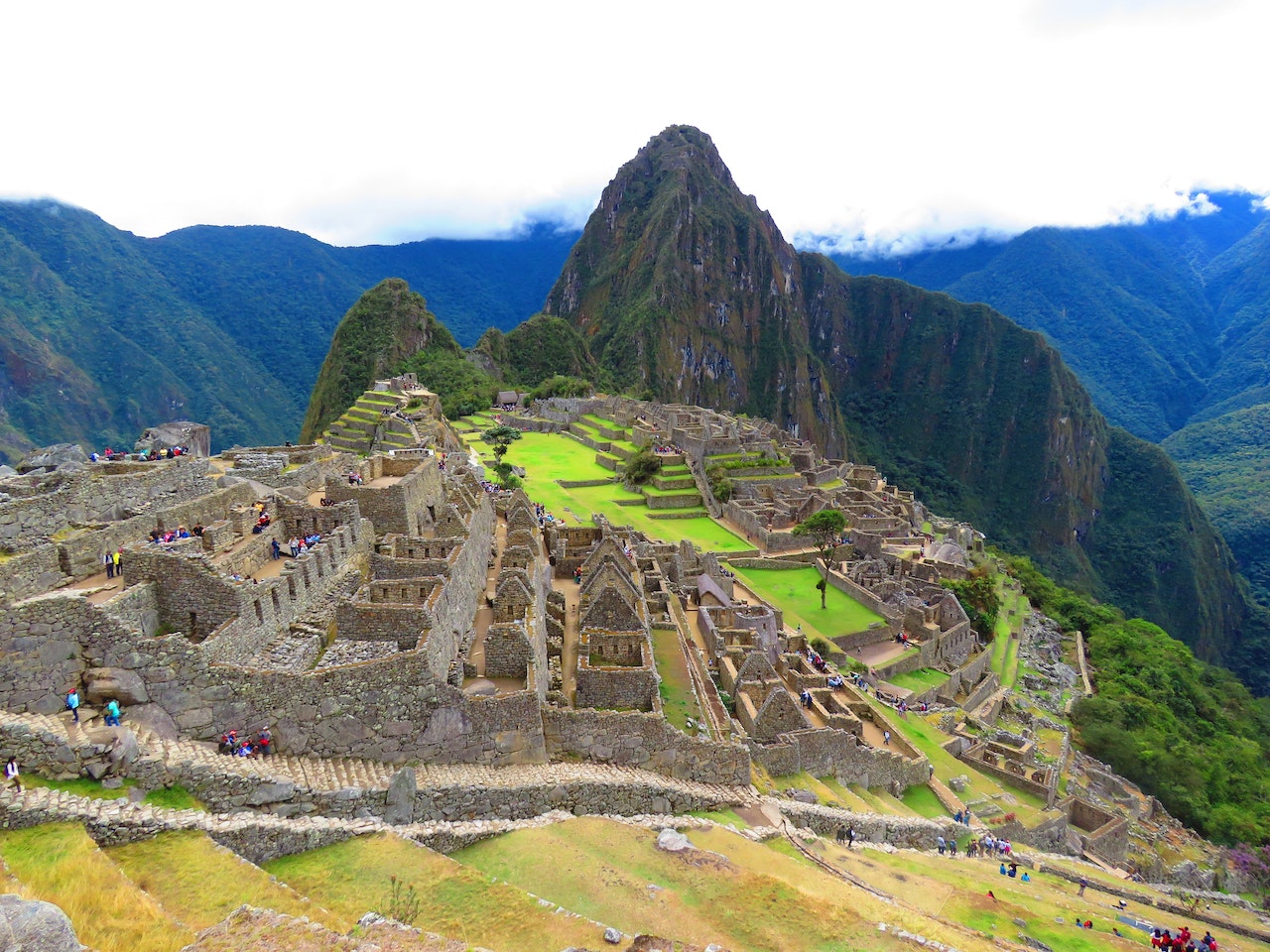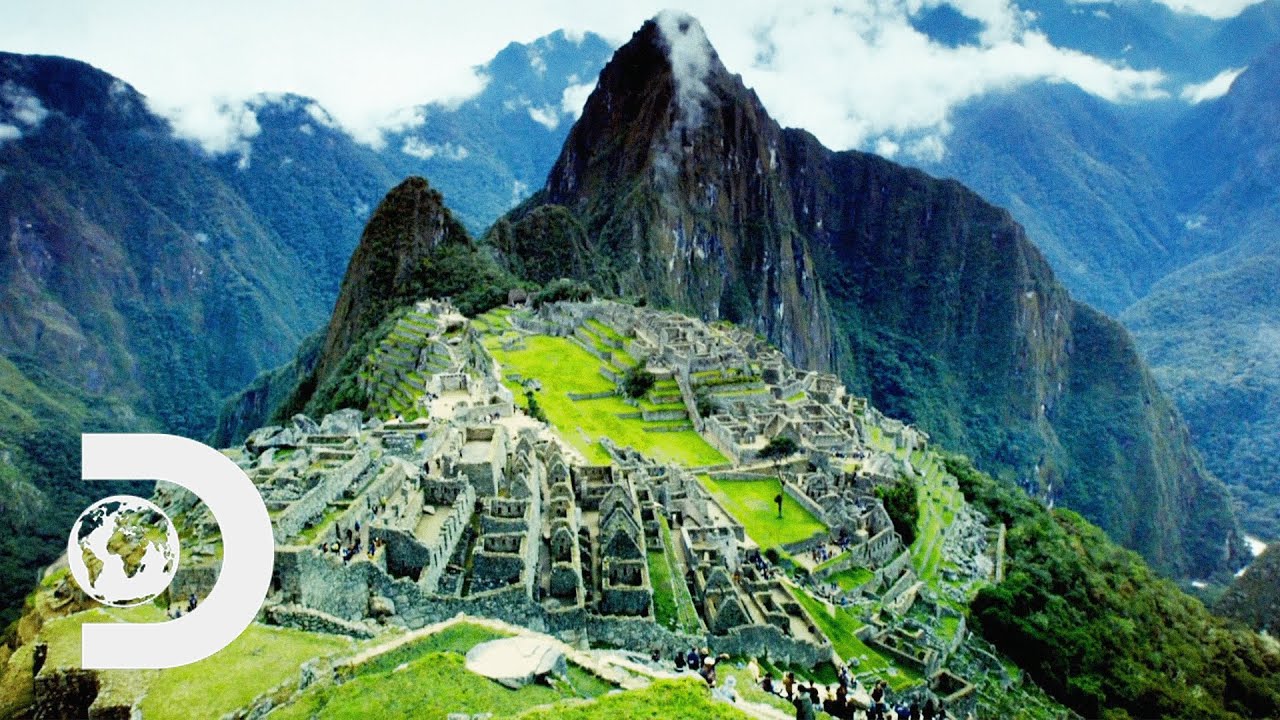Discovering The Ancient Wonders Of Peru - Journey Through Time
Discovering the ancient wonders of Peru is an adventure that will take you on a journey through time, and help you understand the significance of these remarkable archaeological sites.
Author:Tyreece BauerReviewer:Tobey StricklandFeb 27, 2023129 Shares2.2K Views

Peru is a country of astounding landscapes, vibrant culture, and rich history. The country is home to some of the most fascinating ancient wonders that continue to fascinate and enthrall visitors from across the world.
If you're an explorer looking for an adventure that combines natural beauty and archaeological sites, discovering the ancient wonders of Peruis a must-do. In this article, we'll take you on a journey to discover the ancient wonders of Peru and help you explore some of the country's most magnificent archaeological sites.
The Nazca Lines
The Nazca Lines are among Peru's most intriguing and mystifying ancient wonders. The lines are a collection of geoglyphs located in the Nazca Desert. The Nazca lines were created by the Nazca people between 500 BCE and 500 CE.
The lines are a series of large geoglyphs in various shapes and sizes, including animals, geometric figures, and human-like figures. One of the most popular theories about the Nazca Lines is that they were created for religious or astronomical purposes.
Many believe that the lines represent constellations and that they were used to track the movement of the stars. Others think that the Nazca people created the lines as a way to communicate with their gods.
Visiting the Nazca Lines is an otherworldly experience that's sure to leave you in awe. The best way to view the lines is from the air, and there are several tour companies that offer flights over the Nazca Desert. From the air, you can see the lines in all their glory, and you'll be amazed at the sheer scale and precision of these ancient geoglyphs.
Machu Picchu
No list of ancient wonders in Peru would be complete without mentioning Machu Picchu. Located in the Andes Mountains, Machu Picchu is an ancient city that was built by the Inca civilization in the 15th century.
The city was abandoned in the 16th century, and it remained hidden from the outside world until it was rediscovered in 1911. Machu Picchu is one of the most iconic ancient wonders in the world, and it's easy to see why.
The city is perched on a mountaintop, and its impressive stone structures and intricate terraces are a testament to the skill and ingenuity of the Inca people. The views from Machu Picchu are also breathtaking, and visitors can see the surrounding mountains and valleys from the city's vantage point.
To get to Machu Picchu, visitors can take a train from Cusco or hike the Inca Trail. The Inca Trail is a four-day trek that takes you through the Andes Mountains and leads you to Machu Picchu. The trek is challenging, but it's a once-in-a-lifetime experience that's sure to leave you with lasting memories.
Chavín De Huantar
Chavín de Huantar is an ancient temple complex located in the Peruvian Andes. The complex was built by the Chavín culture between 900 BCE and 200 BCE. The complex is notable for its impressive stone carvings, intricate underground passages, and unique architecture of its buildings.
One of the most intriguing features of Chavín de Huantar is the Tello Obelisk, a 2.5-meter tall stone pillar that is covered in intricate carvings. The obelisk is believed to represent a deity and is one of the most impressive examples of Chavín art.
Visiting Chavín de Huantar is a unique experience that's not to be missed. The site is located in a remote area of the Andes, and visitors can explore the underground passages and the impressive stone buildings that make up the temple complex.
Chan Chan
Chan Chan is the largest adobe city in the world and one of the most impressive ancient wonders in Peru. Located in the northern coastal region of Peru, Chan Chan was the capital of the Chimú civilization, which flourished between the 9th and 15th centuries.
Chan Chan is a massive complex that covers an area of around 20 square kilometers. The complex consists of ten walled citadels, each with its own palace, temples, and administrative buildings. The walls of the citadels are adorned with intricate carvings and reliefs that depict animals, deities, and everyday life in the Chimú civilization.
Visiting Chan Chan is a unique experience that will take you back in time to the height of the Chimú civilization. The best way to explore the site is by taking a guided tour, which will help you understand the significance of the various buildings and the carvings that adorn the walls.
The Sacred Valley
The Sacred Valley is a stunningly beautiful region of Peru that's home to several ancient wonders, including the ruins of Pisac, Ollantaytambo, and Moray. The Sacred Valley was considered a sacred site by the Inca civilization and was an important agricultural region.
The ruins of Pisac are located on a hilltop overlooking the Sacred Valley. The site consists of impressive terraces, fortifications, and ceremonial buildings. The views from Pisac are breathtaking, and visitors can see the surrounding mountains and the valley below.
Ollantaytambo is another impressive Inca ruin located in the Sacred Valley. The site consists of a series of terraces and buildings that were used for agricultural and military purposes. The site is also notable for its impressive stonework, which includes massive stone blocks that were transported from a quarry several kilometers away.
Moray is a unique Inca ruin located in the Sacred Valley. The site consists of a series of circular terraces that were used for agricultural experimentation. The terraces are arranged in a concentric pattern, and the temperature and humidity on each terrace were carefully controlled to allow the Inca to grow a wide variety of crops.

Machu Picchu's Hidden Secrets | Blowing Up History: Seven Wonders
Discovering The Ancient Wonders Of Peru And Volcanic Activity Along Peru's Coast
Peru's coast is home to a number of active and dormant volcanoes that have shaped the landscape of the region over millions of years. The volcanic activity in the region is due to the subduction of the Nazca Plate beneath the South American Plate, which has created a line of volcanoes that extends from northern Chile to southern Peru.
One of the most famous volcanoes in the region is El Misti, located near the city of Arequipa. El Misti is an active volcano that last erupted in 1985. The volcano is a popular destination for hikers and mountaineers, who are drawn to its towering height and stunning views of the surrounding landscape.
Another notable volcano in the region is Sabancaya, which is located in the Andes Mountains near the city of Arequipa. Sabancaya is one of the most active volcanoes in Peru, with regular eruptions that have been occurring since 1986. Despite its activity, Sabancaya is also a popular destination for tourists who are drawn to its stunning scenery and unique geology.
In addition to El Misti and Sabancaya, the region is also home to several other active and dormant volcanoes, including the Ubinas volcano in southern Peru, and the Coropuna and Ampato volcanoes in the Arequipa region.
These volcanoes have shaped the landscape of the region over millions of years, and continue to be a source of fascination and study for geologists and other scientists. Despite the potential dangers associated with volcanic activity, the volcanoes along Peru's coast also have the potential to provide a number of benefits to the region.
The ash and lava that are produced by the volcanoes can create fertile soils that are ideal for agriculture, and can also provide a source of geothermal energy that can be used to power homes and businesses. As such, the volcanoes of Peru's coast are both a source of fascination and a valuable resource for the region.
People Also Ask
What Are Some Ancient Wonders In Peru?
Machu Picchu, Chan Chan, Chavín de Huantar, and the Nazca Lines are some of the ancient wonders in Peru.
What Is The Significance Of The Sacred Valley?
The Sacred Valley was considered a sacred site by the Inca civilization and was an important agricultural region.
What Is The Cause Of The Volcanic Activity Along Peru's Coast?
The volcanic activity in the region is due to the subduction of the Nazca Plate beneath the South American Plate.
What Is The Best Way To Explore Chan Chan?
The best way to explore Chan Chan is by taking a guided tour, which will help visitors understand the significance of the various buildings and carvings.
Conclusion
Peru is a country that's rich in history, culture, and natural beauty. Discovering the ancient wonders of Peru is an adventure that will take you on a journey through time, and help you understand the significance of these remarkable archaeological sites.
From the mysterious Nazca Lines to the iconic Machu Picchu, and the impressive ruins of Chan Chan and Chavín de Huantar, Peru is a treasure trove of ancient wonders that are waiting to be explored. Whether you're an archaeology enthusiast or simply looking for an adventure, discovering the ancient wonders of Peru is an experience that you won't forget.

Tyreece Bauer
Author

Tobey Strickland
Reviewer
Latest Articles
Popular Articles
